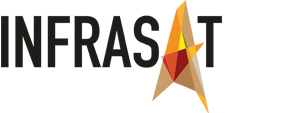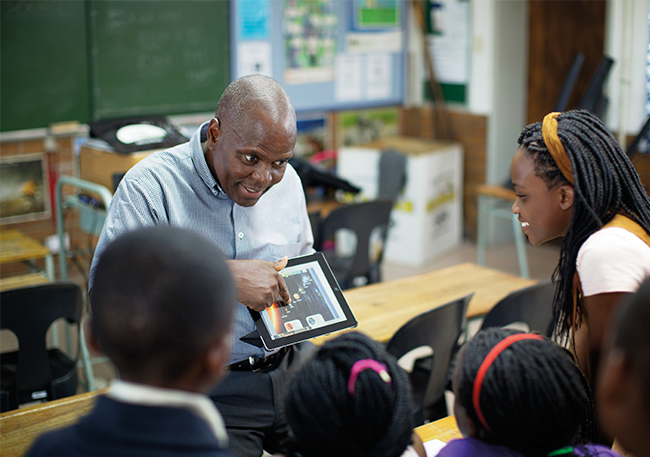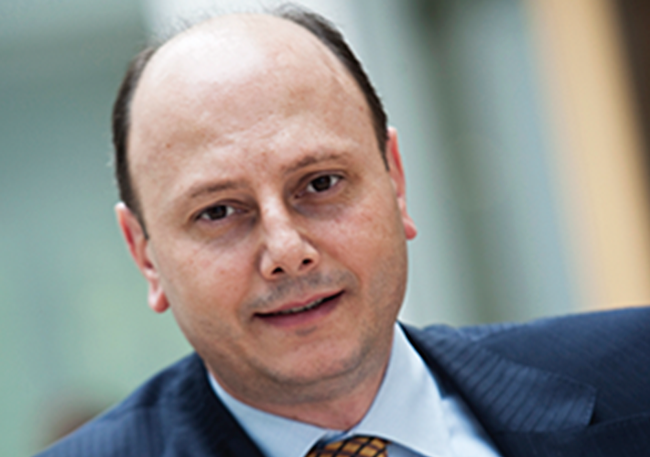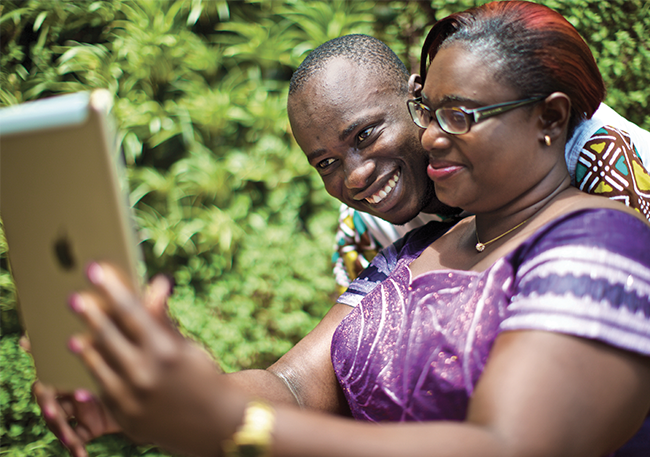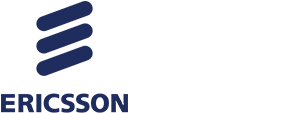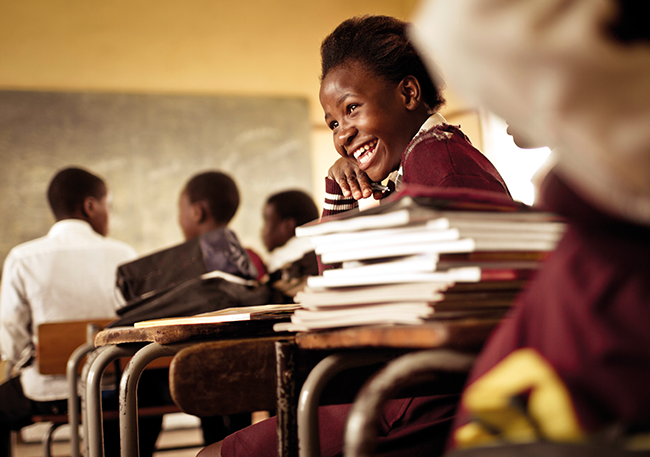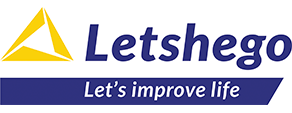With the aim of providing better communications services for government and public institutions, reducing information exclusion in the country, and taking communications to the most remote areas of Angola, Infrasat began as a multi-sectoral project.
The project soon evolved into the first satellite business unit of Angola Telecom (inaugurated by the country’s President José Eduardo dos Santos in 2008) and is now an independent government-owned company responsible for managing all satellite service portfolios.
The company was faced with the challenge of making communications easily accessible to those in remote areas and partnering with mobile operators (with backhauling solutions) to expand its mobile service nationwide. It has, however, accomplished the initial aim of minimising information exclusion but the challenge of promoting improved and increased communication across the region – at lower cost – remains.
Infrasat is launching Angosat 1, the first Angolan satellite to enhance connectivity and promote economic and social development for the country. Being an exclusive reseller of Angosat 1, Infrasat is entering into a new and more innovative sphere, evolving from a regular ISP into an active government partner that promotes enhanced and affordable communication for businesses and individuals (from corporate solutions to rural telephony and digital TV infrastructure), while guaranteeing reliable and high-quality connections. This reinforces the firm’s role in the Angolan telecoms sector.
MISSION
- To provide products and services to enable communication; shorten distances; minimise the digital divide; actively contribute to the socio-economic development of Angola; and create communications solutions for the international market in Africa.
- To empower companies to use technology, and promote access to information and innovative products and services.
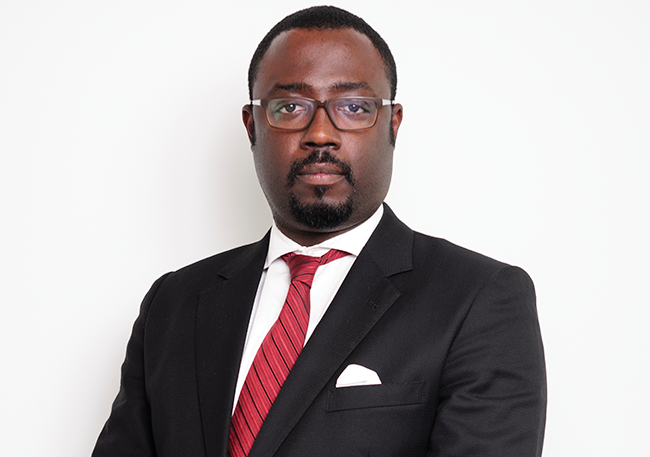
VISION
- To be recognised as a regional reference in satellite communication solutions.
VALUES
Accuracy and efficiency
- Compliance with all internal management processes for optimal and effective use of the available resources, thus ensuring the continued quality of service.
- Maintaining transparency in all relationships.
Quality
- Striving for continuous improvement, focusing on recruiting and training staff to better serve clients.
Innovation
- Keeping in line with technological developments in the sector; equipping staff to deal with changes in the market; and pioneering the implementation of innovative solutions to ensure greater efficiency in service delivery and cost rationalisation.
Responsibility
- Always acting with customer orientation and responsibility to ensure the safeguarding of the interests of clients, and focusing on the benefits and impact that actions bring to all stakeholders, from employees to society.
WHY INFRASAT
High performance
Infrasat has state-of-the-art technology and hubs, ensuring high-performance fees and the full satisfaction of our customers.
The company is also recognised for its high-quality service delivery and service level agreements, and was acknowledged as Backhauling Provider of the Year in 2014 at Satcom Africa.
Inclusive technology
Infrasat communicates expeditiously and with the best technology to reach the most remote corners of the country and ensure the inclusion of all Angolan people in the global village.
Infrasat has more than 650 VSat stations nationwide. In places with no electricity, stations are powered by solar panels – known as liga-liga. It makes rural telephony and internet access possible through scratch cards, which cost the public below US$1 for five minutes.
Reliability and safety
No matter where you are, Infrasat’s solutions provide access to the transmission and reception of data with safety and reliability.
CORPORATE, PUBLIC ADMINISTRATION AND OPERATORS SOLUTIONS
Large enterprises, public administration and telecoms operators need versatile and secure solutions. Infrasat provides data communication and voice services via satellite, oriented to the optimisation of existing processes in your company in order to reduce costs and assist with operational improvements.
Data transport solutions
Currently almost all distance communication is performed in digital mode. The advantages of this are many and diverse. Integration with IT systems is perhaps one of the reasons more easily understood because it corresponds to the reality of current times.
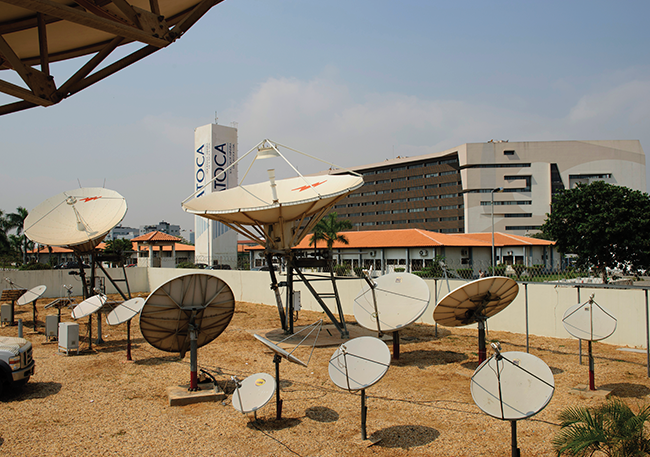
Satellite transmission allows remote areas, often not covered by communication infrastructure, to be covered by data transmission networks, voice and image. Inclusion allows for the effective economic and social development of the population.
The information transport via satellite services has applications in various sectors of the economy.
TrunkSat
This service offers data transmission at high speed with optimised transmission, ensuring better relation between costs and benefits. Designed for transmission of commercial or voice data, TrunkSat ensures availability and quality for the growth of any organisation.
TrunkSat Pro
TrunkSat Pro has been designed for critical applications that have stringent availability requirements and high transmission rates. The service provides you with the high performance essential for applications that require convergence of voice, video and data transmission solutions.
Data access solutions
Access to the internet via satellite can be a viable solution in the absence of a DSL connection, or via cable modem or when planning a performance service higher than dial-up access.
It is a solution that requires no phone line or cable network – just a satellite reflector for bi-directional communications. The advantages are immediate access, great coverage and absence of geographical barriers. In a multicasting environment, the satellite also presents advantages over optical fibre.
Infrasat offers you three access solutions via satellite depending on your needs:
- Netsat: Internet access with C or Ku band speeds, shared with 1:4 contentions.
- Netsat Pro: Internet service via satellite for applications that need access to high performance, dedicated to containment 1:1 in C band.
- Phonesat: Communication via the classic telephone network through numbers with the prefix 277 – independent from the traditional Angola Telecom landline.
Transportable solutions
The transmission and access to satellite data does not have to be restricted to a fixed point. In many business sectors, there is the need to maintain the data transmission. The mining industry, or civil construction industry, needs transmission solutions and versatile data reception, high mobility and to be available even in places hard to reach.
With this in mind, Infrasat developed transportable solutions for data communication via satellite, with a fleet of vehicles equipped to meet the most demanding needs of information exchange.
Automobile satellite transmission
Satellite transmission in C or Ku band in versatile autonomous cars is easy to set up and capable of responding to the most demanding needs of communication, regardless of the location where it is required.
NEW CHALLENGES
Infrasat wants to be recognised as a high-quality regional satellite service provider, ensuring reliable and cost-effective communications and better interconnections between Europe and Africa. The company is looking forward to expanding its services into border countries, specifically sub-Saharan states and all nations within the coverage of our satellite.
REMARKABLE PROJECTS
ID card project
In partnership with the Ministry of Justice, it interconnects different stations nationwide and allows a person to have an ID card within hours.
Schools and universities internet access
The project roll-out provided internet and WiFi services to schools and universities in the country.
Rural telephony and internet access
More than 650 rural telephony stations with alternative energy in remote areas.
GSM backhauling
Expanding mobile coverage nationwide with the two local mobile operators.
Elections
Designing and implementing electoral processes, communications network for rural areas.
CORPORATE SOCIAL RESPONSIBILITY
Infrasat has sponsored various initiatives and contributed to programmes to provide the underprivileged with basic goods and access to arts and culture. The firm has also made donations to various hospitals in the country.

